
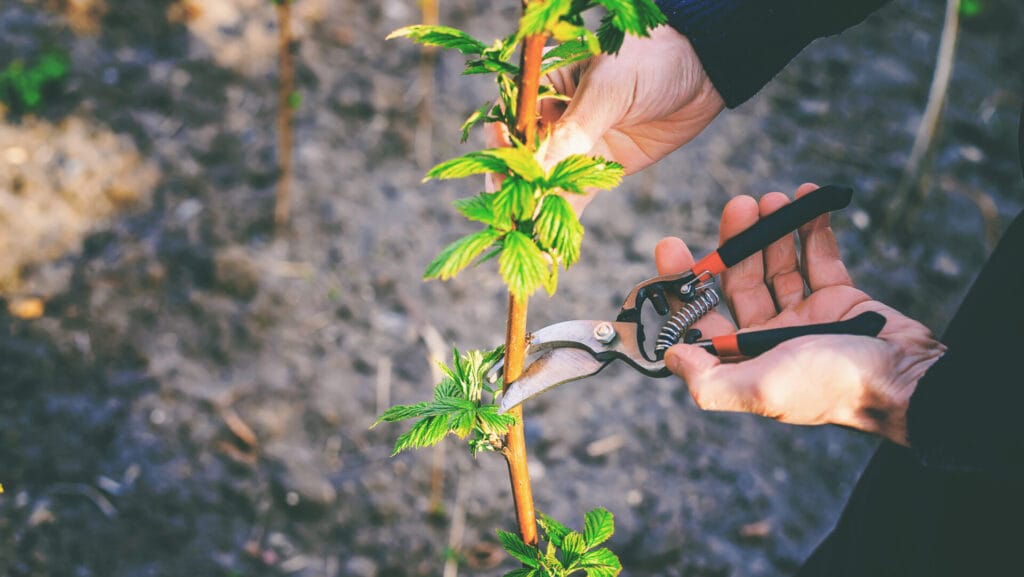
Pruning is an essential aspect of gardening that often gets overlooked or misunderstood. Yet, mastering the art of pruning is crucial for maintaining the health, beauty, and productivity of your plants. Whether you’re a seasoned gardener or a novice enthusiast, learning the right way to prune plants can elevate your gardening skills to new heights. In this comprehensive guide, we’ll delve into the principles, techniques, and best practices of pruning, equipping you with the knowledge and confidence to cultivate thriving gardens.
Before we dive into the how-to’s of pruning, it’s essential to grasp why we prune plants in the first place. Pruning serves multiple purposes, including:
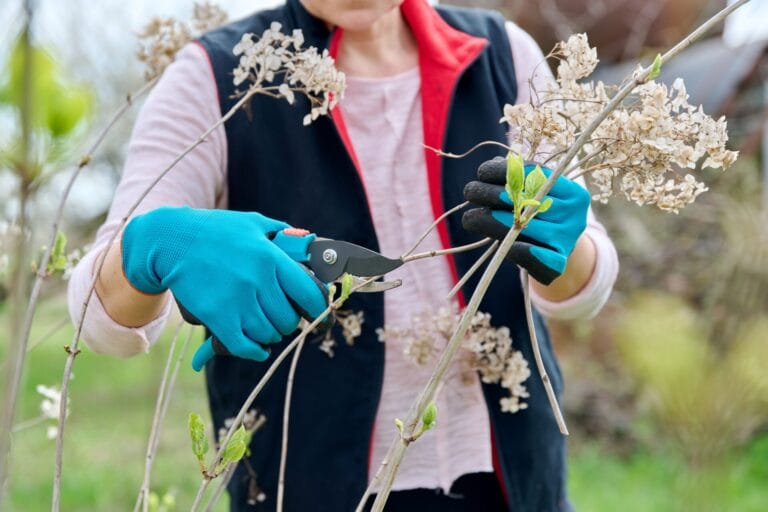
Equipping yourself with the proper tools is essential for effective pruning. Here are some essential tools every gardener should have:
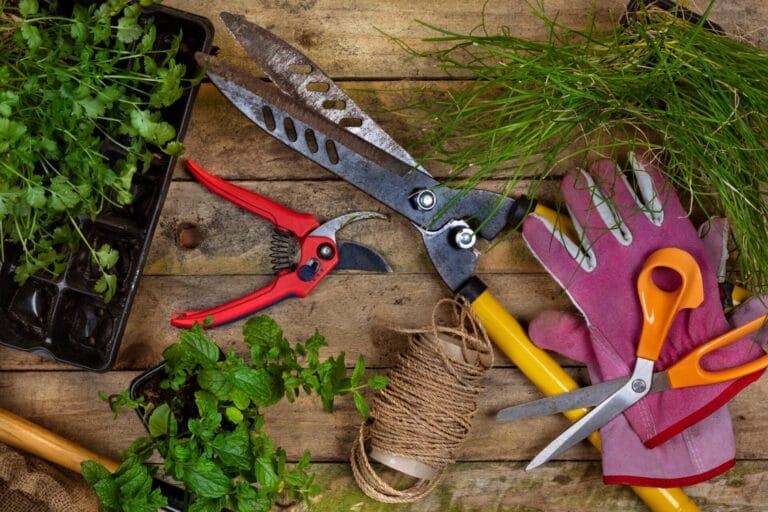
Now that you’re equipped with the right tools let’s explore some fundamental pruning techniques:
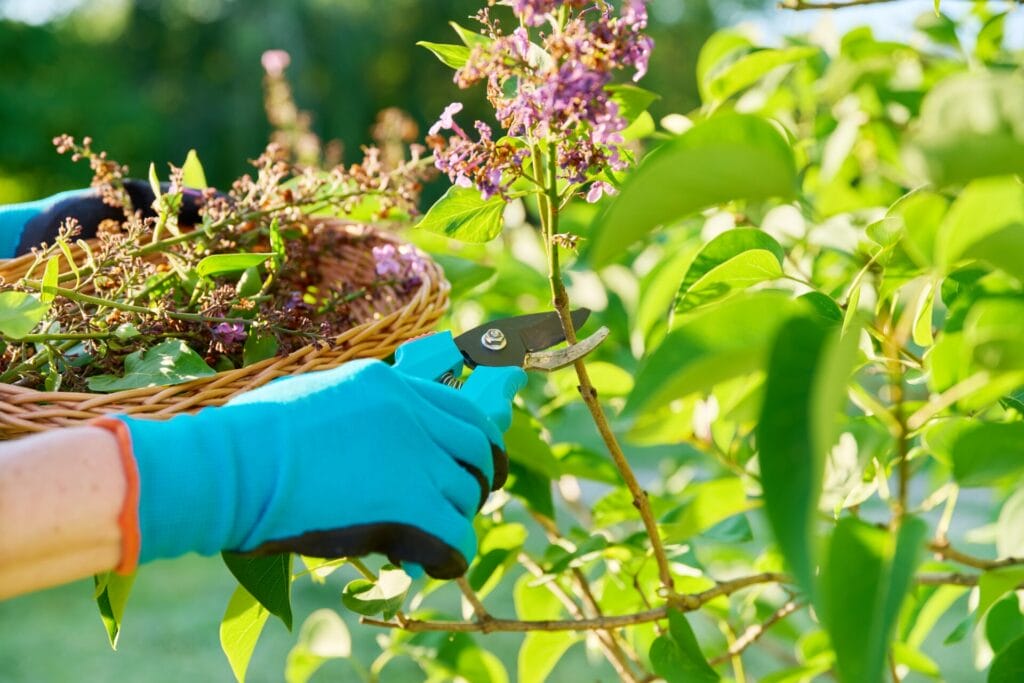
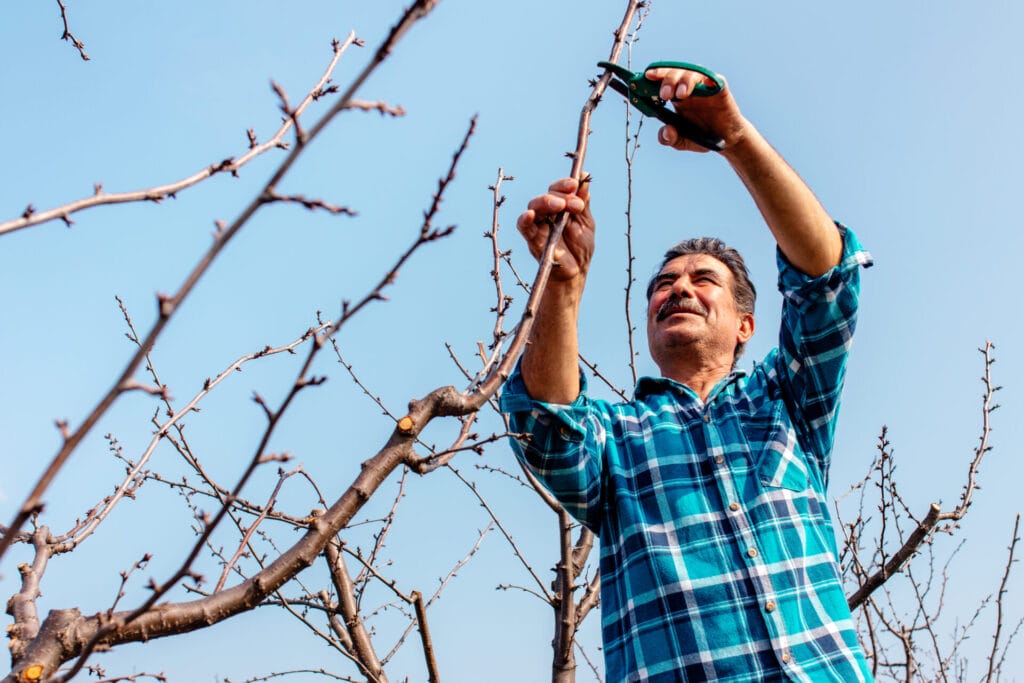
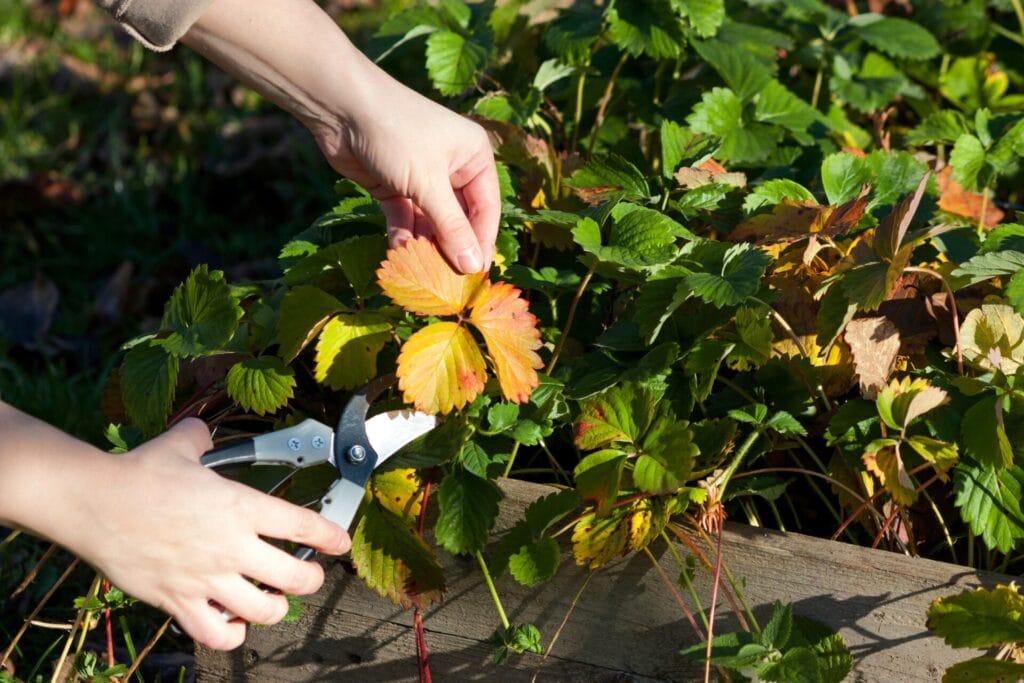
Knowing when to prune is just as crucial as knowing how. While the timing may vary depending on the type of plant, here are some general guidelines:
Different types of plants require specific pruning techniques to thrive. Here are some tips for pruning common garden plants:
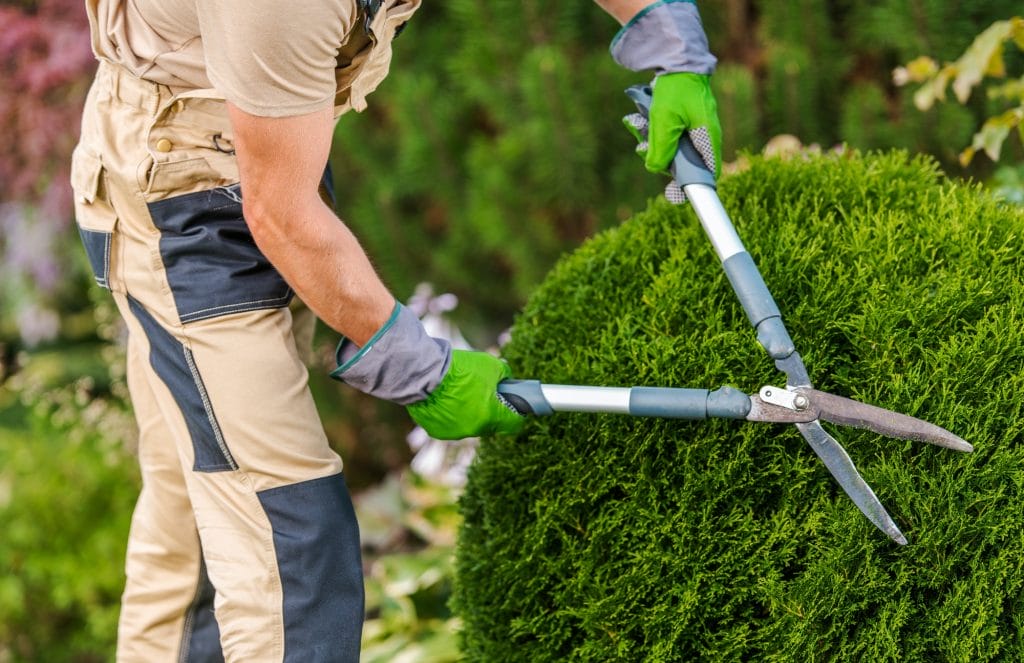
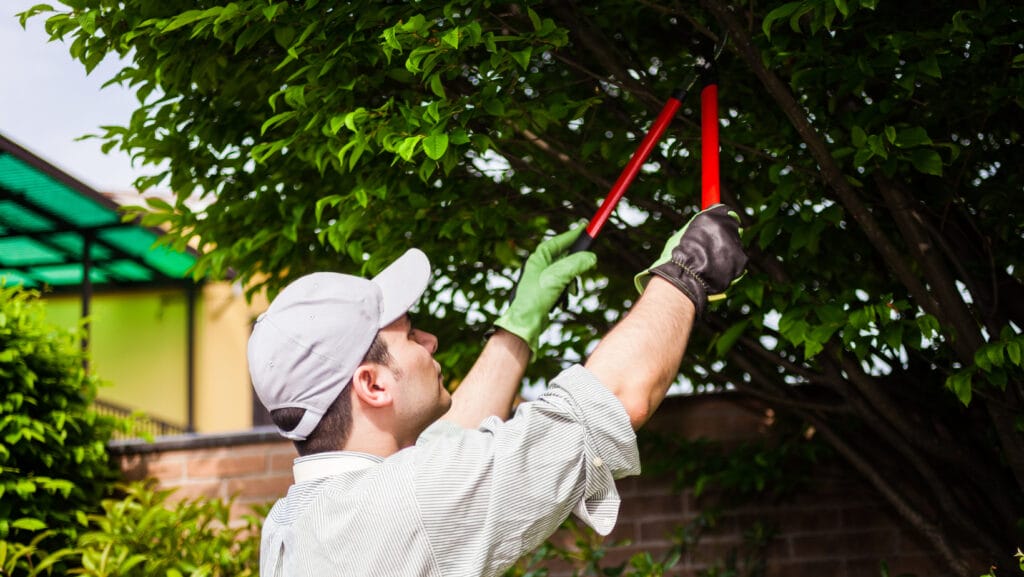
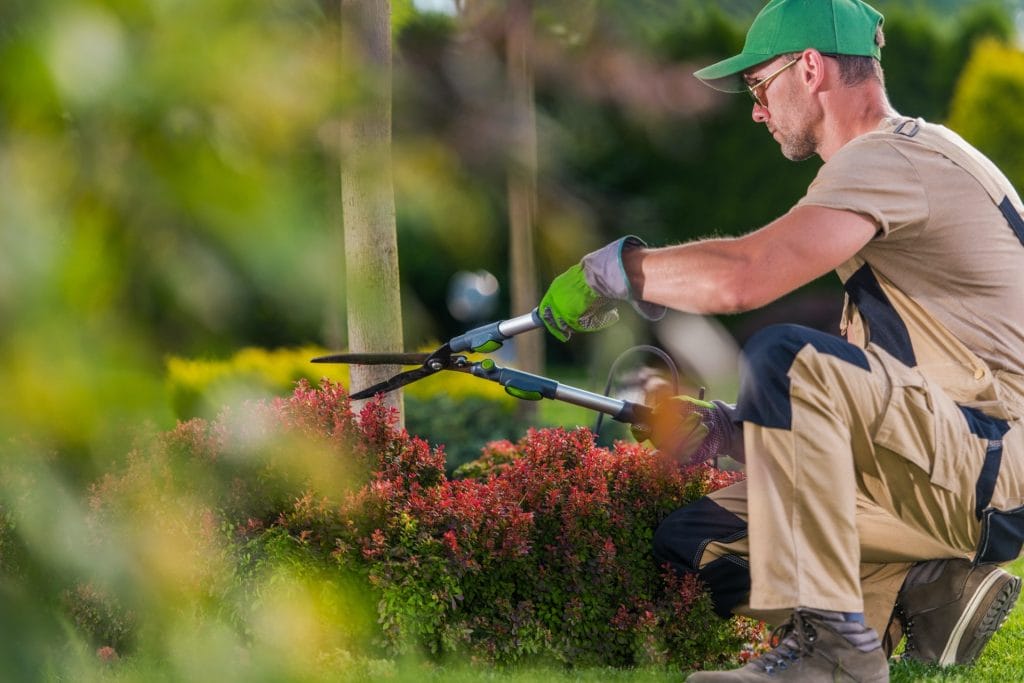
Mastering the art of pruning is a journey that requires patience, knowledge, and practice. By understanding the principles, techniques, and timing of pruning, you can unleash the full potential of your garden, creating an oasis of beauty and productivity. So, grab your pruning shears and embark on this rewarding adventure, knowing that each cut you make is a step towards nurturing healthier, happier plants. Happy pruning!
Share this post:
Check other topics that may help you get more insights for your project:





